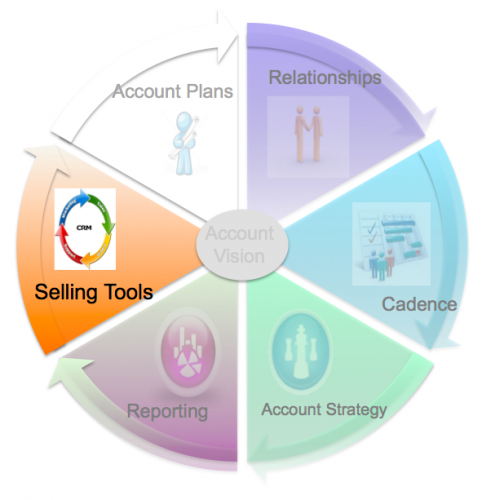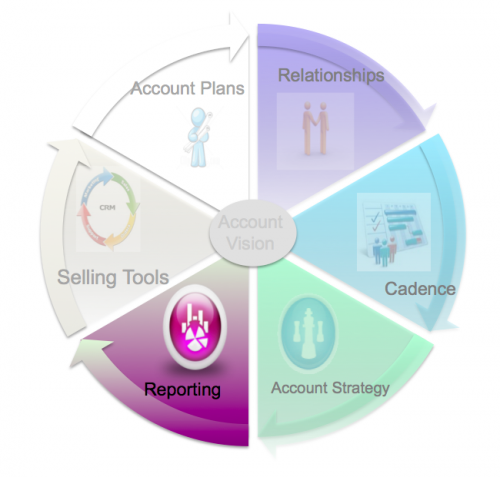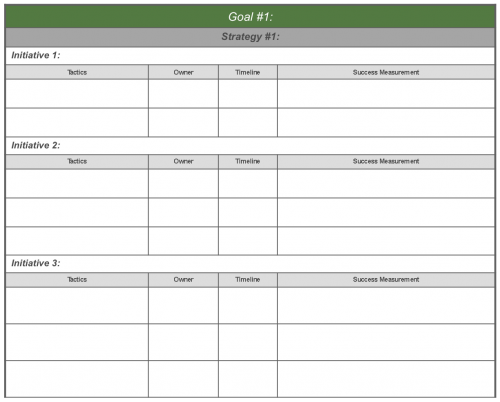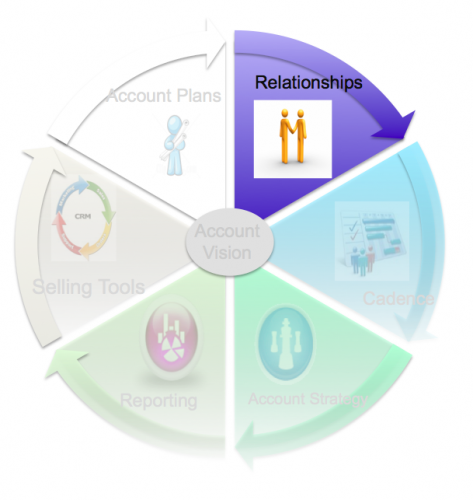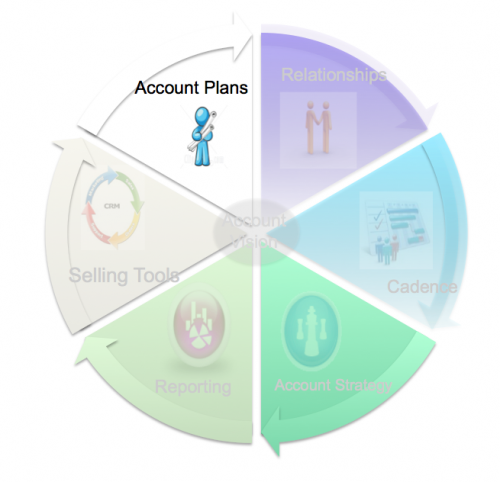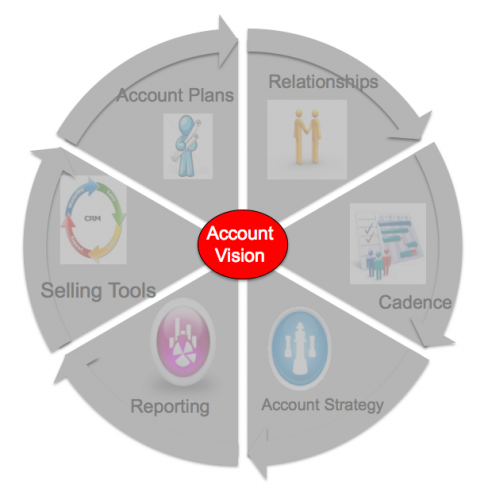Today's post is a killer break down on why you're not making your number and it's June. Matt Heinz is the president of Heinz Marketing. Matt is a marketing wiz and great writer. His blog is a daily must read.
In this guest post, Matt eloquently serves up the 10 main reasons you aren't making your 2012 goals. He's nailed it with this post. Enjoy
---------------------------
You know what they say about the best-laid plans. Even if you had a great strategy, clear objectives and commonly-accepted sales goals on January 1, a thousand things can go wrong to push you off track.
Here are 10 specific reasons I find most often as culprits of sales goals that are behind schedule.
1. You didn’t have a plan to begin with
Setting a sales goal is not a plan. Telling your sales team and/or your leadership team (or board) what sales number you’re going to hit this year (and in each month/quarter) isn’t a plan either. Do you know how you’re going to get there? Have you quantified and planned the leading indicators to closed business? Does your sales management team, your front-line reps, your marketing team and other supporting groups know exactly what their role is to drive achievement of your number?
It’s never too late to create that plan, but without it you’re just a rudderless ship hoping to eventually find the horizon.
2. You didn’t commit the resources required to sell
Can your existing sales team hit the goals you’ve set out to achieve? Is the marketing team committed to deliver the leads, sales support tools and other prospect acceleration requirements you’ll need to increase interest and sales pipeline throughput?
Key to effective planning and execution is not only creating the plan, but ensuring the resources you need are in place and committed to execute moving forward. That goes for the size, quality and make-up of your sales team, the tools they use to manage their day and pipeline, budget for the right compensation and incentive plans, marketing and sales operations, and so forth.
3. You’re not doing the daily work to actively manage your pipeline
Talk to the best salespeople in the world and they’ll tell you the same thing. Achieving spectacular sales results means getting up early, putting your hard hat on, and doing the hard work all day, every single day. It means spending the majority of your day working with prospects – new prospects, nurtured prospects, qualified leads, channel partners, friends of prospects, whatever it takes.
I don’t believe that dials and talk time are adequate metrics to measure inside sales success, but make no mistake – inside sales reps will increase their chances of success and higher commissions by picking up the phone more often, taking far more at bats every day, and playing whatever numbers and conversion game exists in their business to their advantage.
This also includes incorporating CRM best practices so that you’re actively managing and tracking your entire pipeline, and spending as little time as possible every day doing it.
4. You’re letting under-performing reps drag you down
Start the year with a proactive sales rep management program in place. Know the early indicators of success or failure well before the month or quarter closes. How healthy is the sales rep’s pipeline? Are they doing the daily activities required to be successful? Do they have enough qualified opportunities, early in the month or quarter, to close a percentage of them and exceed their quota?
The easy answer here is to move out of the organization reps who don’t hit their number. But at the point they fail to meet quota, they’re already dragging you down. Identify problem areas early, coach your reps to be better, and be more proactive at correcting or eliminating that behavior early on.
5. You’re only focusing on today’s deals without managing and nurturing long-term opportunities
In most B2B sales environments, only 10-15 percent of inbound leads will be both qualified and ready to buy. Of the remaining leads, 60-65 percent will be qualified and not ready to buy. That’s business for a future month or quarter that most sales organizations either disqualify or ignore.
In terms of current month or quarter sales, that’s a good thing. But if you fail to triage and manage long-term opportunities, you’re not only decreasing your chances of ever doing business with that prospect. You’re already increasing the cost and difficulty of hitting your number in future sales periods.
Those not-ready-to-buy prospects will eventually transact. Have the strategy and systems in place to manage them without disrupting your sales team’s ability to focus on current-period pipelines.
6. Your conversion expectations are overly optimistic
The vast majority of your leads aren’t going to buy. Even the majority of qualified opportunities probably won’t close. If you expect this up front, and build those expectations into your sales model and plans, you’re more likely to have the resources and execution required to accept those conversion realities and still hit your number.
In many B2B selling environments, for example, if I don’t have access to historical pipeline conversion data, I’ll start with an assumption that 5 percent of leads will turn into a near-term qualified opportunity, and 25 percent of opportunities will close into a sale. That’s a 1.5 percent conversion rate from lead to close in a given month or quarter. Tiny, but reality. If you assume higher without historical back-up, you’re putting your results at risk by expecting too much of what you have.
7. Your leads suck (and you either don’t know it or aren’t doing anything about it)
Working with your marketing team, you should have a pre-existing definition for a good lead and qualified lead (they might be different). Based on that, you need to have an expectation for overall lead-to-opportunity conversion as well as more detailed conversion expectations by marketing channel. And as time goes on, you should be able to measure lead-to-close conversion to ensure that your marketing cost per sale is at or below expectations.
In too many organizations, the focus isn’t on lead quality but lead volume. Marketing dumps a ton of “leads” on the sales team, and either is satisfied with an up-and-to-the-right delivery number month after month, or fails to subsequently measure whether those leads are converting into closed business.
Start with a common definition of a good lead, between sales and marketing. Then track lead performance through the pipeline to ensure your overall modeling on lead-opportunity-close is correct, but also to adjust resources and lead channel investments based on where the best conversions and lowest marketing cost per sale exists.
8. You’re selling the same way to everybody
This is worse than assuming a health care company needs your product or service in the same way as an engineering company or government organization. Worse than assuming that the CTO prospect needs to hear the same message as the CFO. If you’re selling the same way to everybody, you’re also not listening and responding to unique customer needs and priorities.
What you deliver to new customers, the product or service itself, may be largely the same for everybody. But every prospect approaches their unique problem or opportunity differently. The way they use your product or service, and/or the benefits and outcomes they need from it, will differ as well. Take advantage of and embrace those differences in the way you sell. You’ll find far more prospects interested and engaged at the top of the sales process.
9. Google has nothing good to say about you
Your collateral isn’t that important anymore. Your case studies are great, but new prospects will assume they’re heavily biased. What prospects do trust up front, right or wrong, is Google. What does the rest of the Web say about you? What are other customers, press, analysts and industry influencers saying about you?
A top priority of marketing teams working with sales organizations should be proactively managing the Google experience for early prospects. This is much harder said than done, as most of what happens on that first page of Google when someone searches your name is beyond your direct control. It’s not a quick fix either. But it’s worth it not only to increase current lead conversion and interest, but to accelerate new inbound lead volume as well.
10. You’re losing deals to apathy (because you’ve failed to build enough value)
Most sales get lose not to a competitor, but to nothing. Most prospects simply fail to make a decision and drop the opportunity altogether. If they indeed had a problem to solve, this means you as the seller have failed to adequately qualify your ability to solve the problem.
Worse, it could be an indication that you’ve failed to help the prospect with the value translation of a problem they may or may not know they have, and differentiate between the negative future they’re headed towards and the positive future you can help enable for them. You will still lose deals to apathy (you can lead a prospect to water, but you can’t make them all drink), but losing deals because the prospect is confused or uneducated is completely fixable.
Would love to hear other symptoms of under-performing sales you’ve seen or are experiencing in organizations you work in or manage. What else is this list missing?





